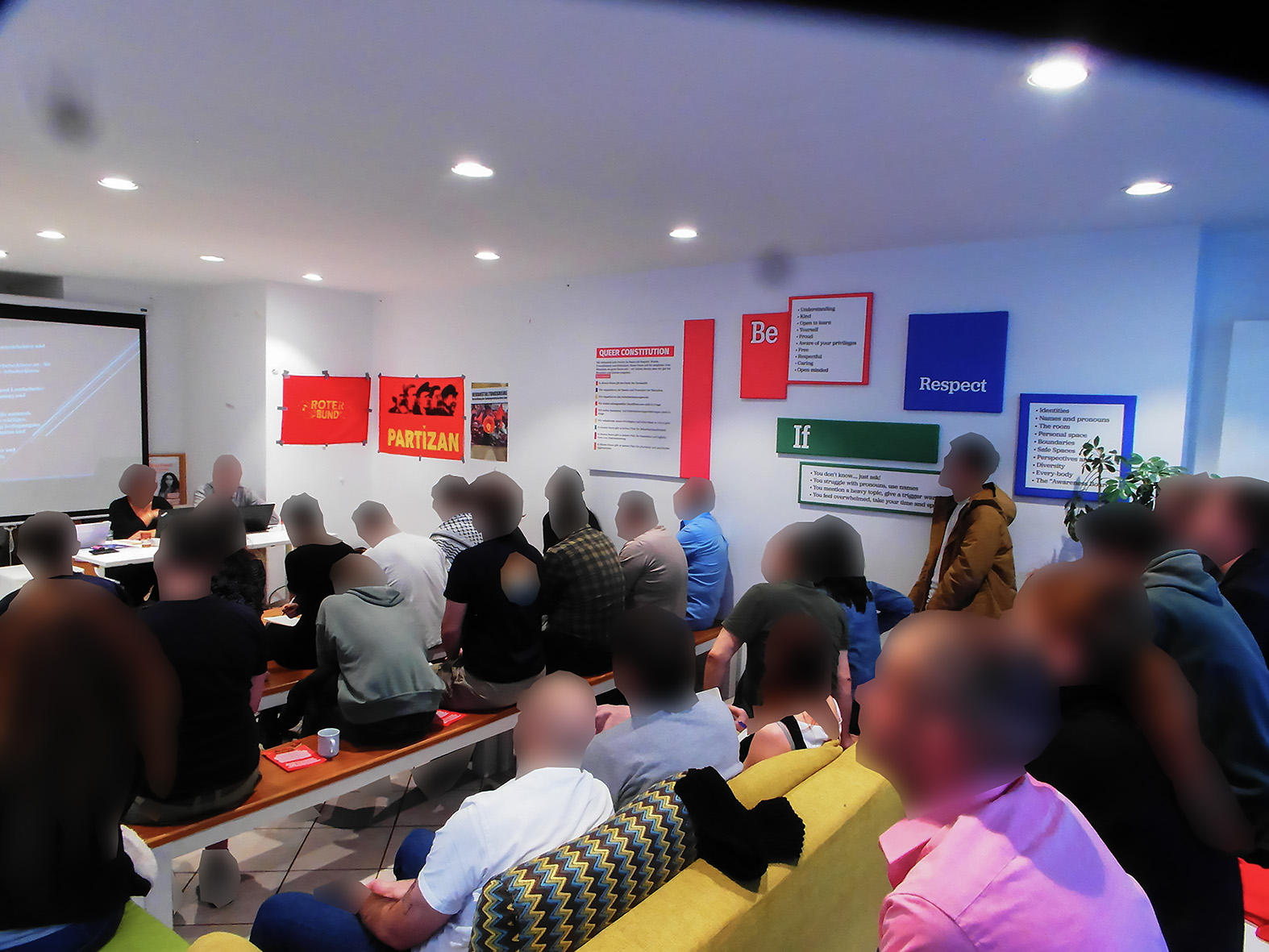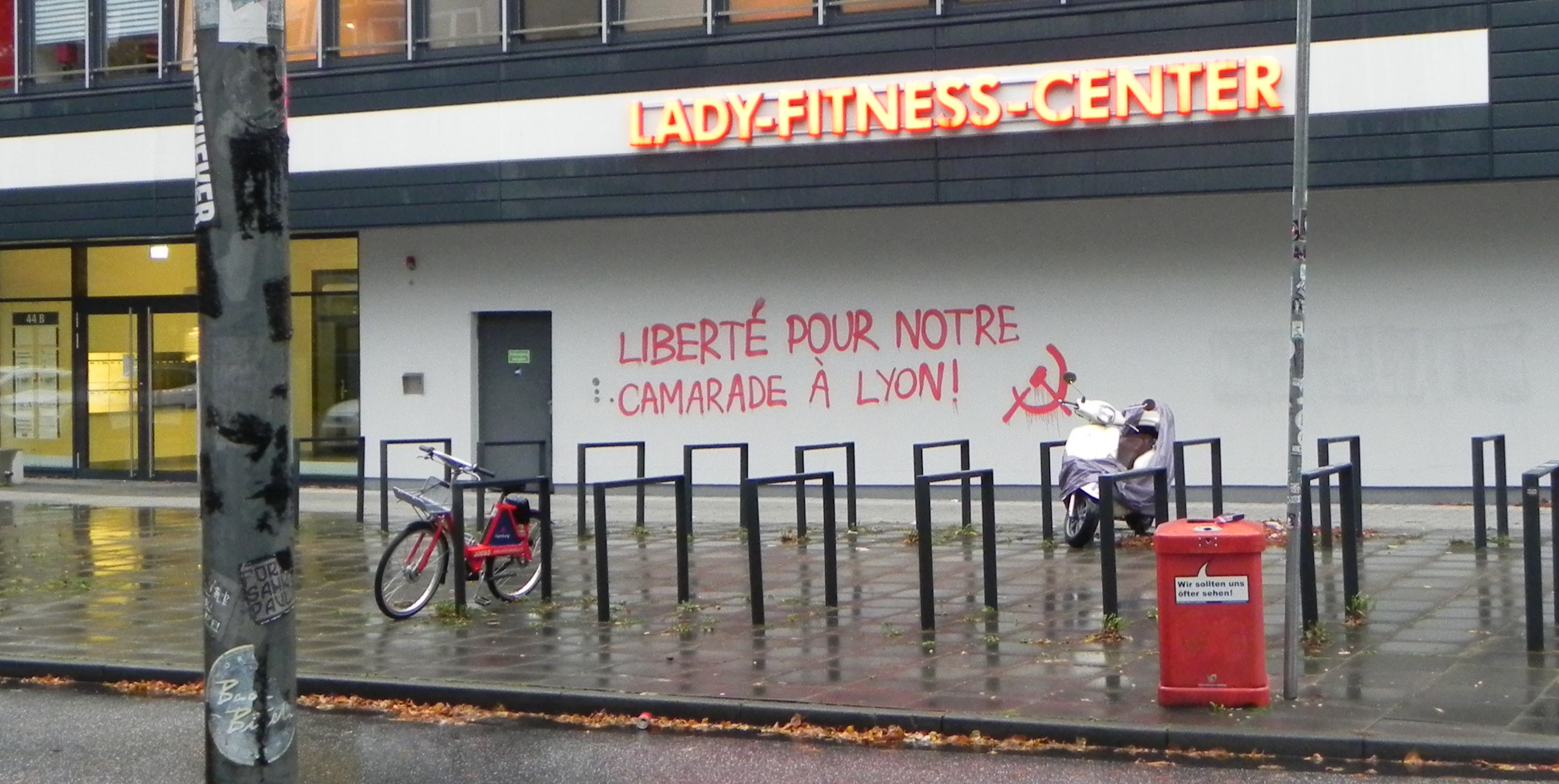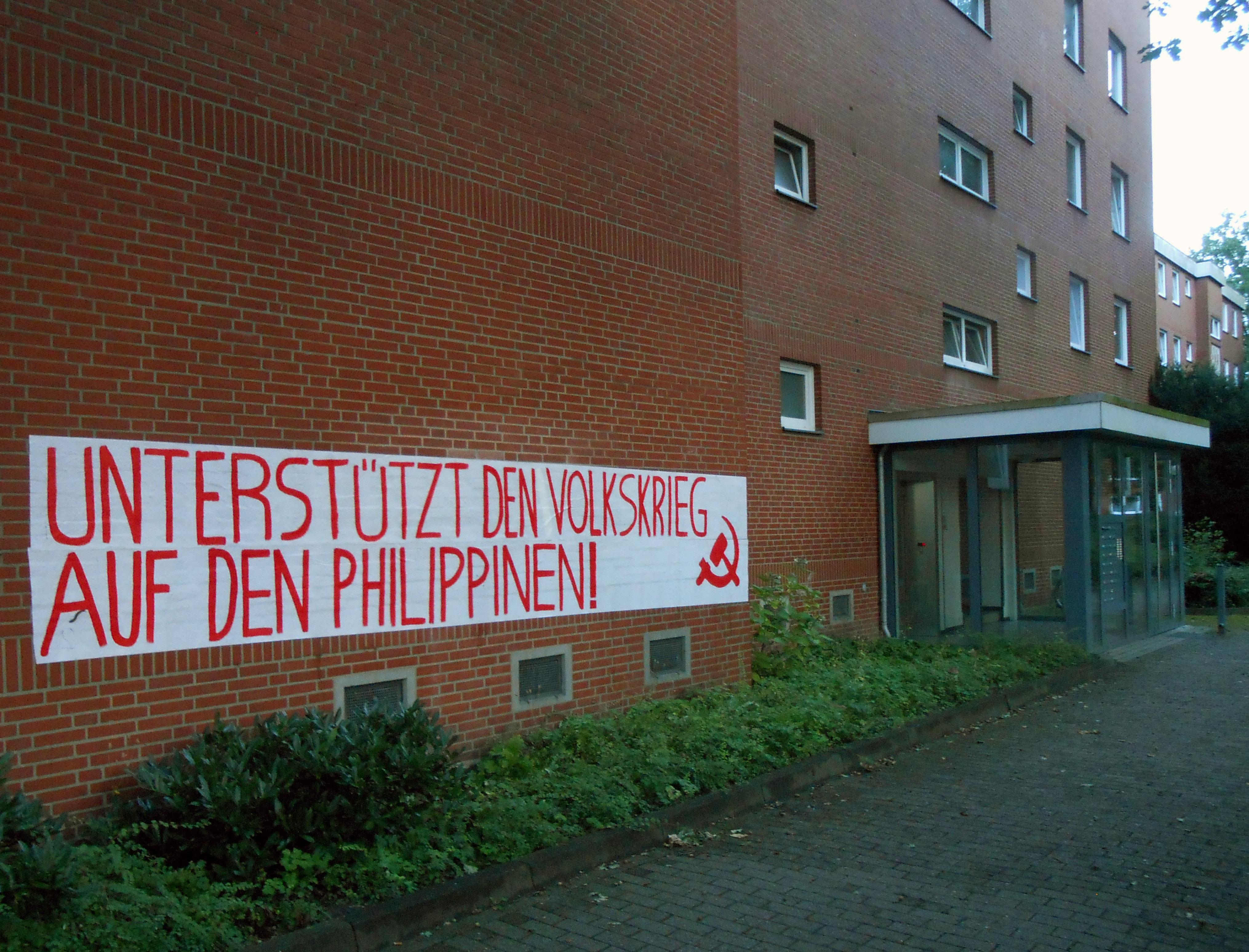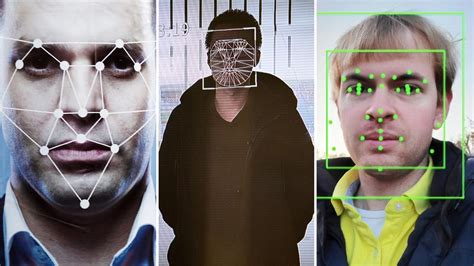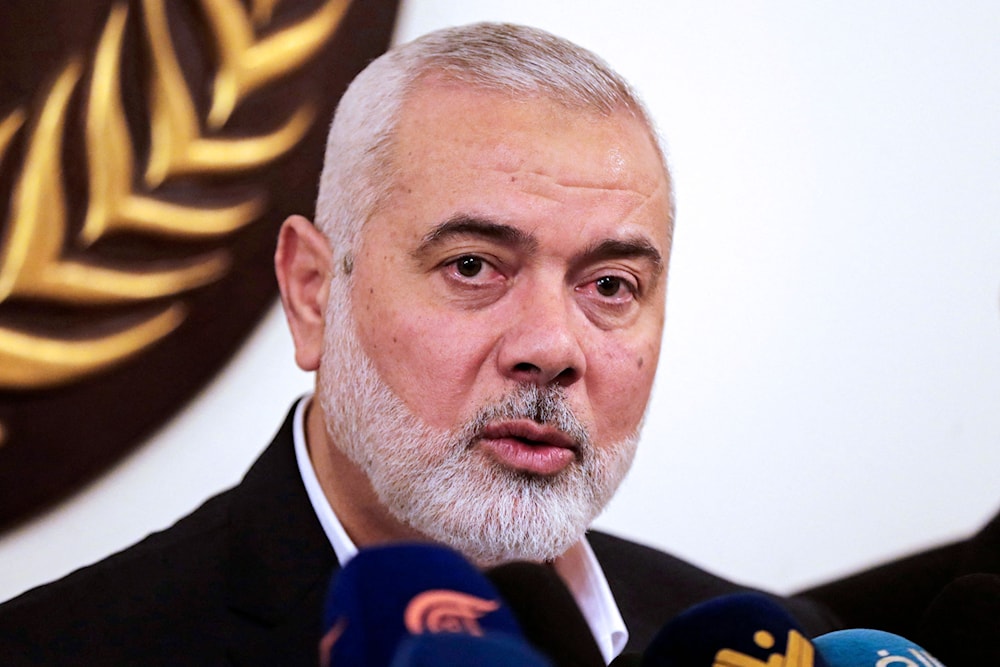February 14:
According to media reports by Indian news agency 'The Print', alleged Maoists killed a man in Narayanpur district of Chhattisgarh state for being a police informant.
February 15:
In the Indian state of Odisha in the district of Boudh, a landmine explosion occurred in which two security personnel were seriously injured. The two injured were part of an anti-Maoist search operation by the so-called "Special Operation Group" in the Nalikumpha forest. The two fighters of this reactionary elite unit were injured in the head and eyes and had to be evacuated by air transport.
February 18:
In Bijapur district of Chhattisgarh state, a unit of the People's Liberation Guerrillas Army of the Communist Party of India (Maoist) pulled off a spectacular operation. A senior officer of a battalion of the paramilitary unit "Chhattisgarh Armed Forces" was ambushed and killed with an axe while he was shopping for vegetables less than 200 meters from his police camp. According to sources in Indian police circles, the man killed was a proven veteran with many years of experience in anti-Maoist operations who had served the old Indian state for 20 years. His unit, which immediately launched a large-scale search operation after the attack, did not find any attackers, although the paramilitaries claim that the attackers were members of the revolutionary militia. This means that they were villagers who were part of the revolutionary army performing military duties in their own villages.
February 24:
In West Singhbhum district in the state of Jharkhand, a police informant was liquidated by revolutionaries.
February 25:
Exactly a week after a commander of the Chhattisgarh Armed Forces was liquidated with an axe, there was yet another fatal attack on a member of the Chhattisgarh Armed Forces by the revolutionary guerrillas in Bijapur district. This time it was a head constable of the 19th battalion of the paramilitary police unit who was on an anti-Maoist patrol as part of a reconnaissance unit to secure a main road to protect the rest of the reactionary force from possible ambushes. However, the lance corporal stepped on an explosive device on the road and was killed instantly by the subsequent explosion. In this case, too, it is important to emphasize that the explosive device was placed near the police camp of the 19th Battalion.
This leads to the conclusion that, even if the media of the Indian big bourgeoisie and big landlords would like to suggest otherwise, the reactionary paramilitary units in Bijapur district and elsewhere are not the ones who have the initiative in their hands and carry out operations from their camps to put pressure on the revolutionaries. Rather, it seems that the units of the old Indian state are in a counter and defensive spiral as soon as they set up camp and immediately run the risk of being ambushed and trapped by the guerrillas when they leave the camp. A spokesperson for the unit also confirmed in an interview that the Bechapal police camp, which has been in existence for a year, suffers continuously from being surrounded by explosive devices planted by Maoists.
Looking at the development in Bijapur and Chhattisgarh as a whole, one can see that on the one hand the old Indian state is pursuing the goal of fighting and crushing the revolutionary base areas in regions such as Bijapur, for example by setting up police camps and attempting expeditions and killing missions in the immediate vicinity to crush the new power. On the other hand, the old Indian state does not seem to be able to protect its counter-revolutionary forces and maintain the offensive character of the actual mission. Instead, especially in Bijapur, one can see how the initiative lies on the side of the revolutionary army under the leadership of the Communist Party of India (Maoist). Examples of this include the large-scale encirclement and destruction operation of a police camp in Bijapur in January, which left at least 35 policemen dead, and the killing of three members of the special paramilitary unit CoBRA in a gun battle in Bijapur in February this year. The fact that members of the militia, as a relatively stationary and lower-level unit, are now said to have killed a battalion commander confirms the Assessment that the new and red power in Bijapur is consolidated. Overall, therefore, the picture is one in which the old armed forces of the Indian state in Bijapur and other regions act more like a vanguard without a main force and are in a backward movement, while the revolutionaries successfully repel the attempts to attack the new power and develop powerful counter-offensives.
March 01:
In Bijapur district of Chhattisgarh, a party member of the fascist BJP party of Indian Prime Minister Modi was killed with stabbing weapons.
March 06:
Four days later, the local head of the fascist BJP party in Bijapur was surrounded and killed in an ambush by revolutionary guerrillas. According to media reports, this is the eighth killing of members of the fascist party in the last year.
March 09:
Two police informers were killed in Kandhamal of Odisha state.
March 11:
In Bijapur, a police informant was killed near Telipetha village. Subsequently, the police conducted an anti-Maoist search operation without finding any of the attackers.
Cover Image shows an incomplete map of the areas of activity of the Communist Party of India (Maoist): https://www.max-security.com/security-blog/maoist-insurgency-to-remain-significant-internal-security-risk-in-central-india-despite-growing-security-offensive-india-analysis-max-security/



